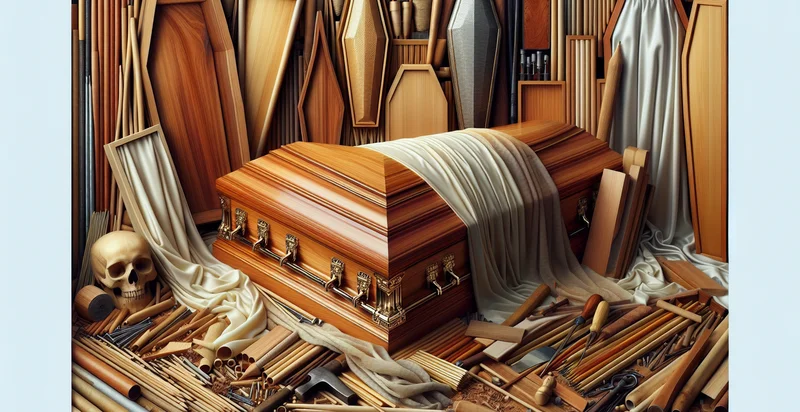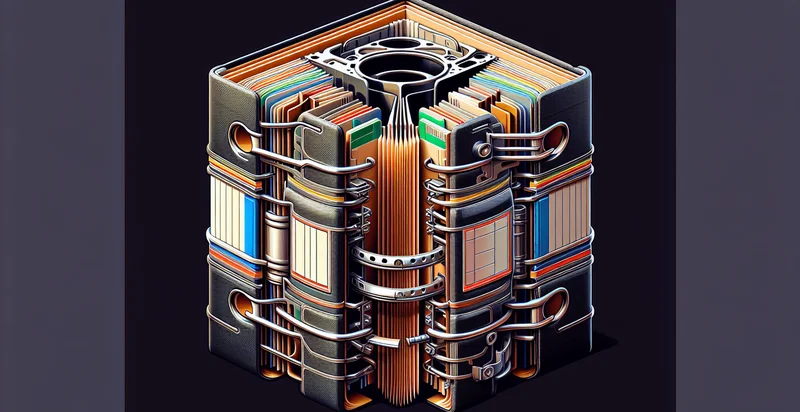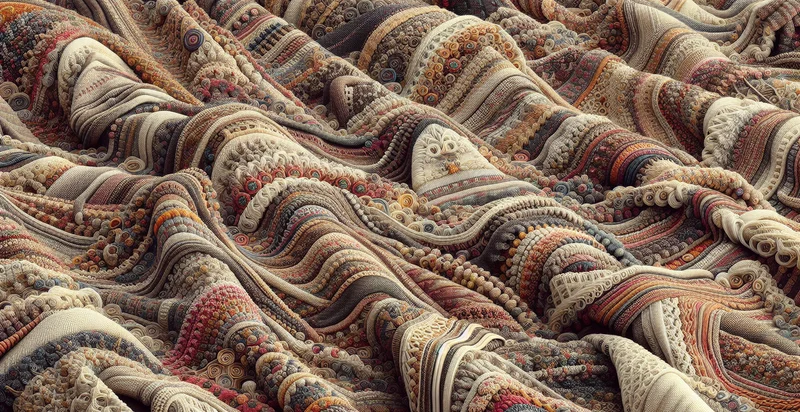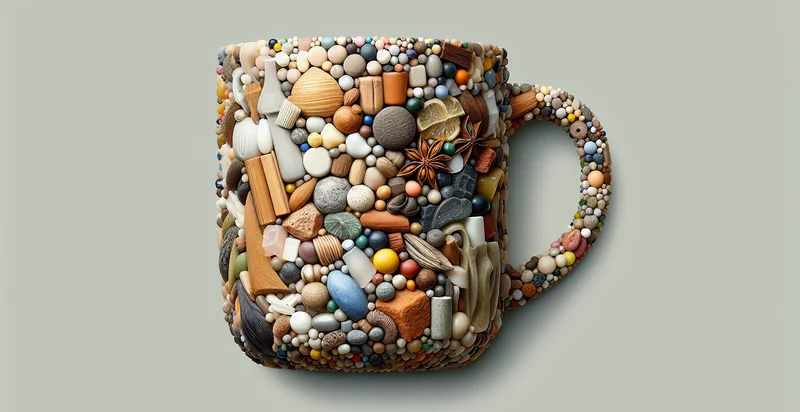Identify what material a coffin is made from
using AI
Below is a free classifier to identify what material a coffin is made from. Just upload your image, and our AI will predict what material a coffin is made from - in just seconds.

Contact us for API access
Or, use Nyckel to build highly-accurate custom classifiers in just minutes. No PhD required.
Get started
import nyckel
credentials = nyckel.Credentials("YOUR_CLIENT_ID", "YOUR_CLIENT_SECRET")
nyckel.invoke("what-material-a-coffin-is-made-from", "your_image_url", credentials)
fetch('https://www.nyckel.com/v1/functions/what-material-a-coffin-is-made-from/invoke', {
method: 'POST',
headers: {
'Authorization': 'Bearer ' + 'YOUR_BEARER_TOKEN',
'Content-Type': 'application/json',
},
body: JSON.stringify(
{"data": "your_image_url"}
)
})
.then(response => response.json())
.then(data => console.log(data));
curl -X POST \
-H "Content-Type: application/json" \
-H "Authorization: Bearer YOUR_BEARER_TOKEN" \
-d '{"data": "your_image_url"}' \
https://www.nyckel.com/v1/functions/what-material-a-coffin-is-made-from/invoke
How this classifier works
To start, upload your image. Our AI tool will then predict what material a coffin is made from.
This pretrained image model uses a Nyckel-created dataset and has 10 labels, including Cardboard, Cement, Composite, Eco-Friendly Materials, Fiberglass, Metal, Paper, Plastic, Stone and Wood.
We'll also show a confidence score (the higher the number, the more confident the AI model is around what material a coffin is made from).
Whether you're just curious or building what material a coffin is made from detection into your application, we hope our classifier proves helpful.
Related Classifiers
Need to identify what material a coffin is made from at scale?
Get API or Zapier access to this classifier for free. It's perfect for:
- Material Identification for Eco-Friendly Coffins: This function can help manufacturers identify and categorize eco-friendly coffin materials, such as bamboo or recycled cardboard. By distinguishing these materials, companies can promote sustainable product options to environmentally conscious consumers.
- Quality Assurance in Manufacturing: This classification function can be integrated into the quality control process for coffin manufacturers. By verifying that the correct materials are being used, manufacturers can ensure consistent product quality and adherence to industry standards.
- Historical Preservation Initiatives: Museums and historical societies can utilize this identifier to classify and document coffins made from various materials. This knowledge can enhance conservation efforts and provide insight into historical burial practices and material usage across different cultures.
- Market Research and Consumer Trends: Businesses can leverage the image classification function to analyze consumer preferences for coffin materials over time. This data can inform product development strategies and marketing campaigns targeted at specific demographics or regions.
- Personalized Funeral Services: Funeral homes can use this classification tool to offer clients bespoke coffin options based on the identified materials. This can enhance customer satisfaction by providing tailored solutions that meet individual preferences and budget considerations.
- Compliance with Regulations: The identifier can assist businesses in ensuring compliance with legal requirements related to coffin material usage and safety standards. By automatically classifying materials, companies can avoid costly fines and product recalls.
- Inventory Management Optimization: Retailers can implement this function in their inventory systems to track and categorize coffins based on material. This enhances inventory management, making it easier to maintain stock levels and identify popular material types among customers.


